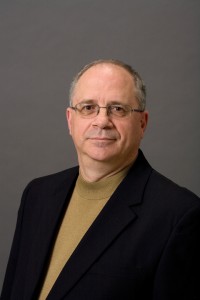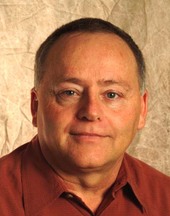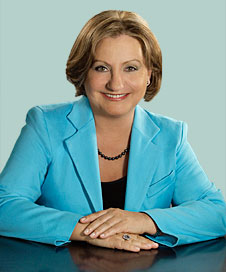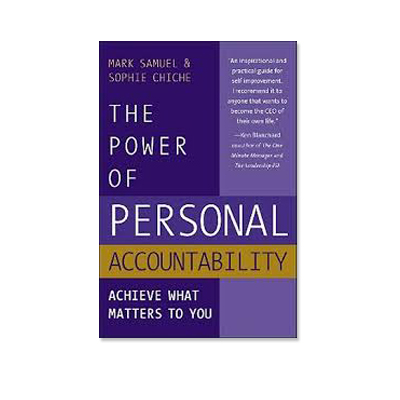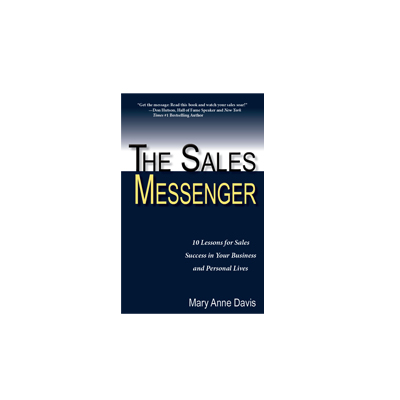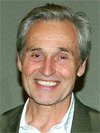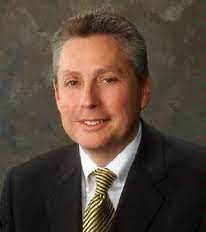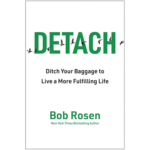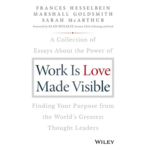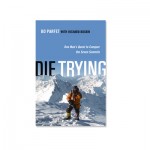 Can one really have complete happiness and bliss in their life almost all of the time.? Well according to author Evelyn Brook it is possible. I interview Evelyn about her new book entitled “Get Happy Today“. In our interview together we discuss the characteristics of what makes a person happy.
Can one really have complete happiness and bliss in their life almost all of the time.? Well according to author Evelyn Brook it is possible. I interview Evelyn about her new book entitled “Get Happy Today“. In our interview together we discuss the characteristics of what makes a person happy.
Happiness is not a matter of chance but rather a deliberate decision combined with the right action taken every day. It is truly an inside job, and something that can be cultivated-I love this quote from Evelyn’s book by Abraham Lincoln “Most people are about as happy as they make up their minds to be.” Isn’t that the truth!!
One truly great bit of advice that is so important, is letting go of desired results. When you already have your mind set on a specific outcome, you are living in the future. And if you are dissatisfied with the present, you probably spend a lot of energy telling yourself things such as, “I can’t bear this! I cannot stand another minute of this!”
If you want paradise on Earth, then decide to have an attitude of happiness-it’s an inside job.
Clarify your purposes in life and avoid feeling discouraged by seeming failures. These are lessons for you to learn.
Deal with your stress overload so it doesn’t bog you down.
Let go of your desired outcomes and the results you are hoping for. Eliminate wishful thinking. Concentrate on doing the necessary work in front of you to the best of your ability.
Focus on today and this moment in time. Leave the past alone, and stop worrying about the future. You’ll be able to handle your life much more easily when you are mentally grounded in the present.
If you are seeking happiness, and would like to clarify your intentions about having a life filled with bliss and happiness then choose happiness over worry, doubt, fear and frustration.
I hope you enjoy this great interview with author Evelyn Brooks, and please visit her Facebook page by clicking here.
